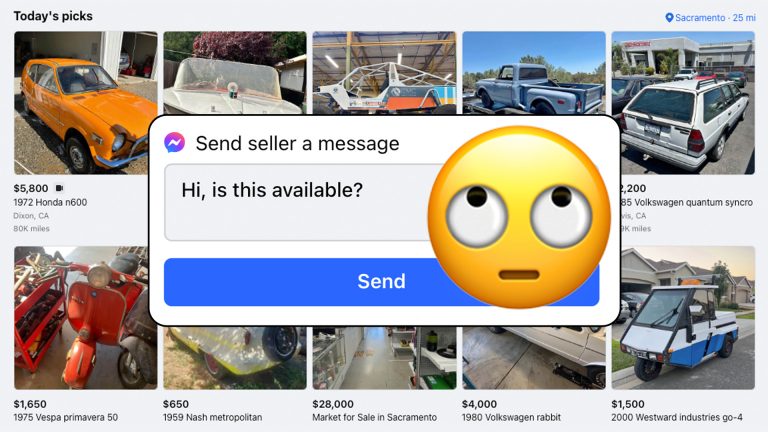Trump Administration Aligns with Tesla to Scrap Crash Reporting Regulations

Trump Transition Team Plans to Scrap Car Crash Reporting Requirement, Report Says
As the presidential transition team of Donald Trump prepares to take over, they’re making some significant moves. According to a report by Reuters, the team is planning to scrap the existing car-crash reporting requirement to safety regulators. This move is part of their 100-day strategy for automotive policy, and it’s already raising eyebrows.
What’s at Stake: Excessive Data Collection?
The reporting requirement has been in place since 2021, and companies like Tesla have been submitting crash data to the National Highway Traffic Safety Administration (NHTSA). But the transition team argues that this data collection is excessive, leading to a hefty amount of unnecessary information being collected.
Tesla’s Involvement: A Conflict of Interest?
Tesla CEO Elon Musk, a key supporter of Trump, has been nominated to lead a new Department of Government Efficiency. This has raised concerns about a conflict of interest, given that Tesla has spent over a quarter billion dollars to support Trump’s election. Musk has also been vocal about his opposition to the car-crash reporting requirement.
The Data Speaks for Itself: Tesla’s Dominance
According to NHTSA’s analysis, Tesla has reported over 1,500 crashes to regulators, making up 40 out of 45 fatal crashes. The automaker has also accounted for most of the crashes reported to regulators. This data has led to 10 investigations into six companies and nine safety recalls.
Regulatory Tightening and Looser Rules?
The Trump administration plans to make a federal framework for self-driving vehicles a top priority. New rules are being discussed, which could ease regulations around self-driving vehicles and increase the cap on the number of autonomous vehicles allowed on public roads. This has some experts worried that safety will take a backseat to convenience and profit.
What’s Next?
Only time will tell what this means for the future of car safety and the automotive industry. One thing’s for sure: the writing is on the wall, and the stage is set for a major shift in the way we regulate and develop autonomous vehicles.






